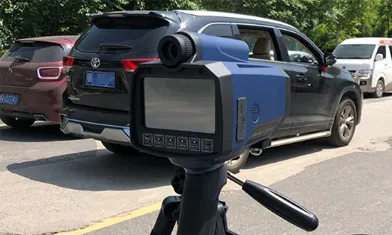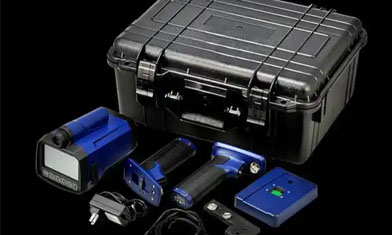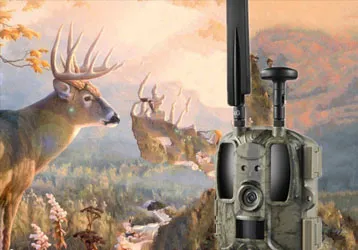Can Infrared Thermal Imaging Penetrate Walls And Glass? What Can Infrared Thermal Imaging Penetrate?
Thermal imagers are the "eyes of the night" and an important extension of human vision. Thermal imagers are not affected by visible light and can penetrate darkness, glare, haze, and thick smoke, and have a very wide range of applications.
Thermal imagers cannot penetrate walls. Infrared thermal imagers work by receiving infrared electromagnetic waves emitted by objects. The penetration ability of these infrared rays is very weak, far less than that of visible light, so thermal imagers cannot detect people or objects behind the wall through the wall. Because in daily life, the walls are generally thick enough to block the infrared radiation on the other side of the wall. However, if the objects in the wall can cause enough temperature difference, the thermal imager can sense it. Engineers can use thermal imagers to detect problems such as water leaks without having to demolish the wall for evaluation. Similarly, thermal imagers can also be used for floor heating detection to quickly determine the fault point without damaging the ground.
Thermal imaging cannot penetrate regular glass, but can penetrate specific heat-transmitting glass.
Introduction to Thermal Imaging Technology
Thermal imaging technology uses infrared radiation emitted by an object to display its surface temperature distribution. The infrared is converted into electrical signals through detectors, and then converted into images to be displayed on the screen. Therefore, it is often used to detect the temperature distribution on the surface of human bodies, buildings, electronic equipment, etc.
Can thermal imaging penetrate glass?
Thermal imaging technology cannot penetrate conventional glass because glass reflects most of the infrared rays, and only a very small part of the infrared rays can penetrate the glass. Therefore, when performing thermal imaging detection, if the object is behind the glass, its surface temperature distribution cannot be accurately displayed.However, some special heat-transmitting glass can transmit infrared rays, making thermal imaging technology a breakthrough. This kind of heat-transmitting glass can reduce heat transfer without reducing light transmittance. Many manufacturers produce this kind of glass, which is widely used in the solar energy industry, energy-saving buildings, etc.
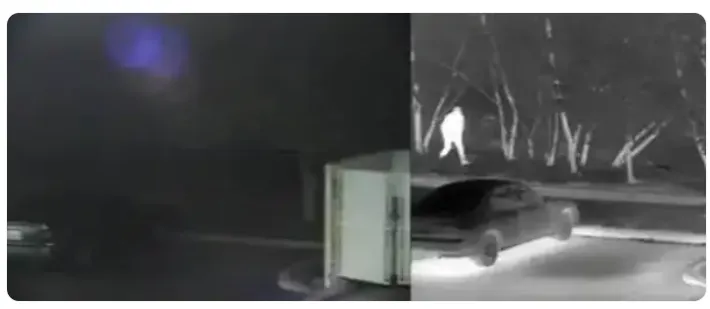
Scope of application of thermal imaging
Thermal imaging is widely used in security, electricity, medicine and other fields. For example, installing thermal imaging cameras in public places can monitor people's body temperature in real time and prevent the spread of infectious diseases in time; in the detection of power equipment, it can monitor the temperature of the equipment surface in real time so as to find equipment that may fail in time.
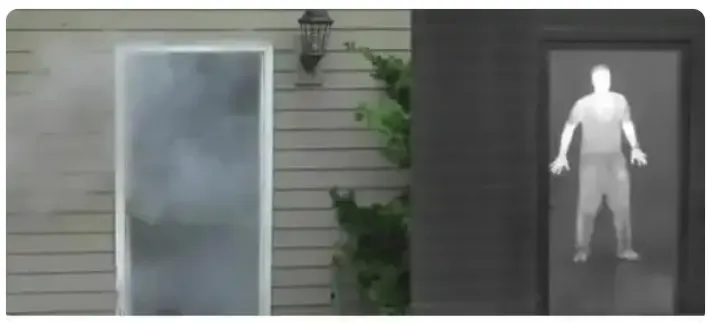
In summary, while regular glass cannot let infrared light through, the advent of specific heat-transmitting glass has opened up a wider range of applications for thermal imaging technology.
What can thermal imaging see through
Can thermal imaging see through smoke?
Yes, thermal imaging cameras can detect heat through smoke and are widely used by firefighters. Soot particles in smoke can effectively block visible light but allow infrared radiation to pass through, allowing firefighters or other first responders to navigate in smoke-filled environments. People at doorways are obscured by smoke in the visible spectrum but can be easily detected by thermal imaging.
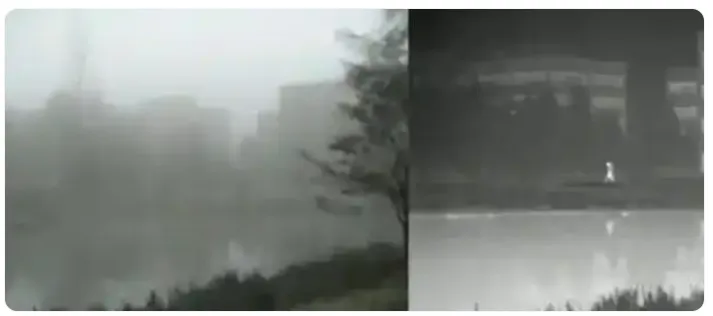
Can thermal imaging see through fog?
Due to the scattering of radiation by water droplets, fog and rain have the potential to severely limit the range of thermal imaging cameras. However, in many cases, thermal cameras can see through fog more successfully than visible light cameras or the human eye. This is one of the reasons why automakers are integrating thermal imaging cameras into the sensor suites of self-driving cars.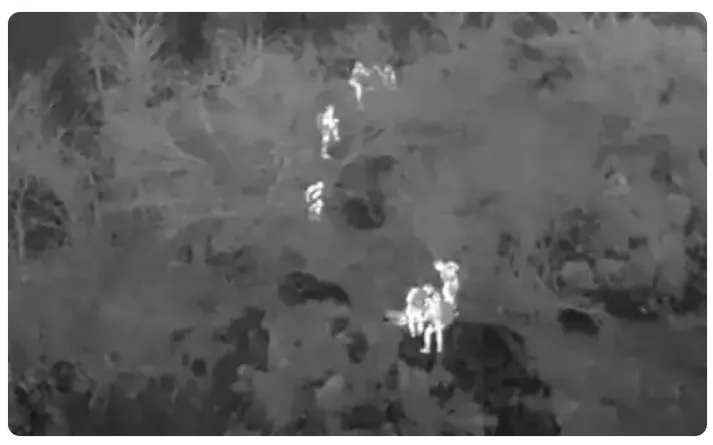
Can thermal imaging see through trees?
Thermal imaging cameras cannot detect objects through tree trunks, but thermal imaging cameras can help spot people or animals in forested areas. Search and rescue teams often use thermal imaging technology to detect heat signatures when searching large areas of wilderness. Thermal imaging can't see through trees (or wood), but it can help spot people in forested areas where heat signatures stand out more than visible images.Can thermal imaging see through plastic?
Hold up a thin, opaque sheet of plastic (like a garbage bag) in front of a warm object or person. Infrared radiation will pass through the plastic, allowing the thermal camera to detect anything behind it, while visible light will be blocked. However, this only works with very thin plastics - thicker plastics block infrared radiation.
Can thermal imaging see in the dark?
Yes! Thermal imaging is completely unaffected by darkness and does not require visible light to visualize heat. CCTV footage and thermal imaging show that thermal imaging does not require visible light to form an image.
